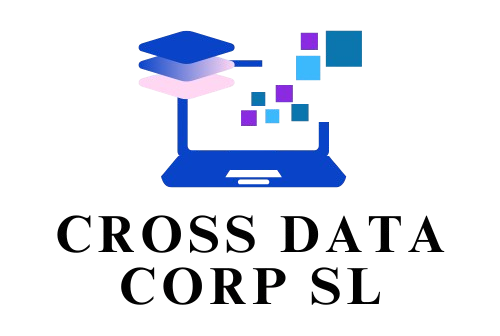In today’s fast-paced digital environment, social media management plays a vital role in how small businesses connect with their audience, market their products, and grow their brand. For a small business owner, the challenge often lies in balancing the day-to-day operations while keeping an active and engaging presence across social platforms like Instagram, Facebook, LinkedIn, and TikTok. Effective social media management can not only save time but also maximize your reach and impact.
In this blog, we’ll discuss the top 10 tips for successful social media management for small businesses.
1. Define Your Social Media Goals
Before diving into content creation, it’s important to outline what you want to achieve with your social media efforts. Clear goals will serve as the foundation for your strategy. Common objectives include:
- Increasing brand awareness
- Driving website traffic
- Generating leads or sales
- Building an engaged community Once you have defined your goals, you’ll be better equipped to create focused and measurable campaigns.
2. Choose the Right Platforms
You don’t need to be active on every social media platform to be successful. Select platforms that align with your audience and business objectives:
- Instagram: Ideal for visually-driven brands, fashion, beauty, and lifestyle businesses.
- LinkedIn: Perfect for B2B companies and professional networking.
- Facebook: A versatile platform for community building, local businesses, and long-form content.
- TikTok: Excellent for reaching younger audiences with creative, short-form video content. Focusing your efforts on the right platforms ensures you’re reaching the right people.
3. Understand Your Audience
Effective social media management begins with knowing who you’re talking to. Conduct research to identify your target audience’s demographics, interests, and behaviors. Use insights from tools like Facebook Audience Insights or Google Analytics to inform your strategy.
4. Create a Content Calendar
Consistency is key to keeping your audience engaged. A well-planned content calendar will help you organize your posts, align them with your goals, and ensure you’re maintaining a steady flow of content. Whether you’re sharing educational tips, promoting products, or posting user-generated content, a calendar ensures that you stay organized and on schedule.
5. Optimize Your Content for Each Platform
Each social media platform has its own unique characteristics and best practices for posting. For example:
- Instagram favors eye-catching visuals, Stories, and Reels.
- Twitter is great for quick updates, trends, and customer service.
- LinkedIn requires a more professional tone and longer-form content. Tailoring your content to each platform’s audience and features increases its chances of resonating and engaging your followers.
6. Leverage Hashtags and Keywords
Hashtags and keywords can significantly boost your visibility. Use relevant, trending hashtags on platforms like Instagram, Twitter, and TikTok to reach a broader audience. Be sure to research which hashtags are trending in your industry and avoid using too many, which can appear spammy.
7. Engage with Your Followers
Social media is a two-way street, meaning it’s not just about posting content—it’s about interacting with your audience. Respond to comments, messages, and mentions promptly to show your followers that you’re listening. Engaging regularly builds trust, fosters loyalty, and encourages further interaction.
8. Analyze and Adjust Your Strategy
Social media management is not set in stone. Regularly review your performance using analytics tools to assess what’s working and what’s not. Metrics such as engagement rate, reach, impressions, and clicks provide valuable insights. Based on your findings, adjust your content and strategies accordingly.
9. Use Social Media Management Tools
There are several social media management tools designed to make your life easier by automating repetitive tasks and offering useful analytics. Tools like Hootsuite, Buffer, or Sprout Social help with scheduling posts, tracking engagement, and managing multiple platforms from one dashboard. These tools save time and help ensure you’re making data-driven decisions.
10. Experiment with Paid Advertising
While organic reach is important, paid social media advertising can give your efforts an extra boost. Platforms like Facebook, Instagram, and LinkedIn offer advanced targeting options that allow you to reach specific demographics based on interests, behaviors, or locations. Start with a small budget and test different campaigns to see what resonates with your audience.
Conclusion
Managing social media for a small business can be overwhelming, but with the right approach, it’s a powerful tool for growing your brand. By setting clear goals, understanding your audience, creating engaging content, and leveraging management tools, you can successfully navigate the social media landscape and drive measurable results.

